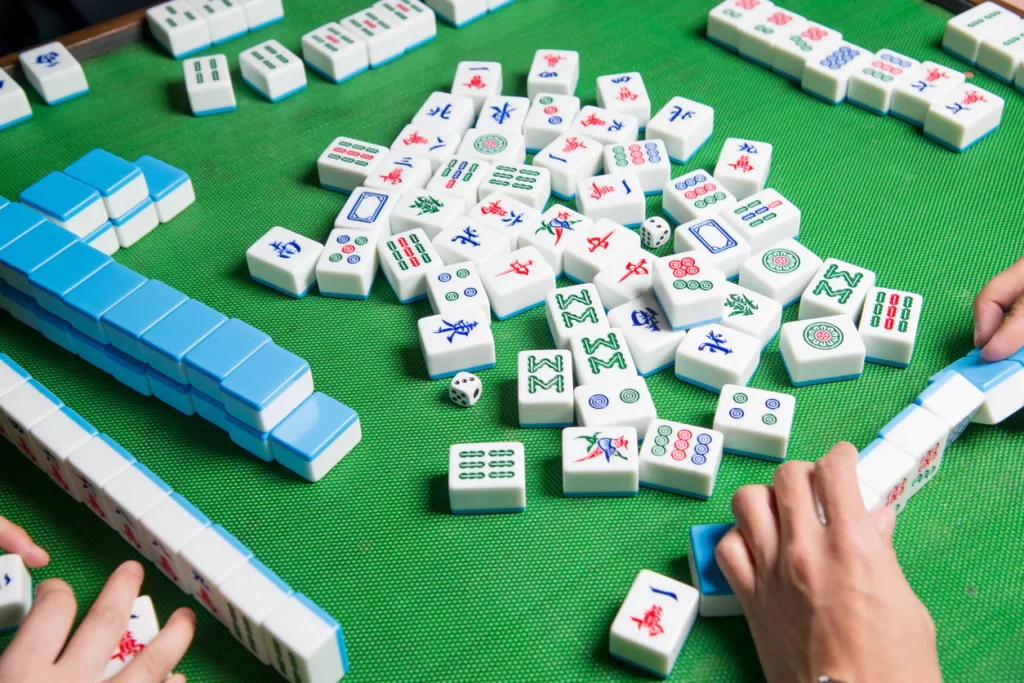Mahjong, with its complex rules and strategic elements, offers players a challenging and rewarding experience. Whether you’re a novice or a seasoned player, understanding effective Mahjong strategies can significantly improve your gameplay. In this article, we delve into advanced techniques, tips, and tricks to master the art of skillful Mahjong play.
Building a Strong Foundation:
We start with the fundamentals of Mahjong, including tile identification, basic scoring, and understanding the game’s objectives. A solid grasp of these basics is essential before delving into advanced strategies.
The Importance of Tile Efficiency:
Efficient use of tiles is crucial in Mahjong. We discuss how to identify and prioritize valuable tiles, while also considering the potential impact of discards on your opponents.
Calculating Probabilities:
Mahjong involves an element of chance, but skilled players can improve their odds by calculating probabilities and anticipating potential tile draws.
Assessing Your Hand:
Evaluating your hand’s potential early on can influence your strategy throughout the game. We explore methods for assessing hand value and making strategic decisions accordingly.
Adapting to Changing Situations:
Mahjong is a dynamic game, and the situation can change rapidly. We discuss how to adapt your strategy based on the tiles drawn, opponents’ moves, and the state of the game.
Understanding Opponents’ Hands:
Gaining insights into your opponents’ hands can give you a competitive advantage. We examine techniques for reading opponents’ discards and deducing potential tile groups.
The Art of Bluffing:
Bluffing can be a powerful tool in Mahjong, but it requires finesse and careful observation. We discuss when and how to employ bluffing strategies to keep hearts on their toes.

Balancing Offense and Defense:
A successful Mahjong strategy involves balancing offense and defense. We explore the delicate equilibrium between building your hand and disrupting opponents’ hands.
Securing a Safe Hand:
In some situations, playing conservatively and securing a safe hand is the best approach. We provide tips for maintaining a stable hand and avoiding unnecessary risks.
Exploiting Discard Patterns:
Observing opponents’ discard patterns can reveal valuable information about their hands. We discuss how to use this knowledge to your advantage and make strategic decisions.
Building a Winning Hand:
The ultimate goal in Mahjong is to build a winning hand. We outline common winning combinations and the techniques for assembling them.
Handling the End Game:
The end game can be tense and decisive. We offer strategies for maintaining composure and making sound decisions as the game nears its conclusion.
Conclusion:
Mastering Mahjong strategies is a journey that requires practice, observation, and adaptability. By honing your tile efficiency, calculating probabilities, and understanding opponents’ hands, you can elevate your Mahjong play to new heights. Whether playing for fun or competing in tournaments, these advanced techniques will enhance your enjoyment of this beloved game of skill and strategy.
